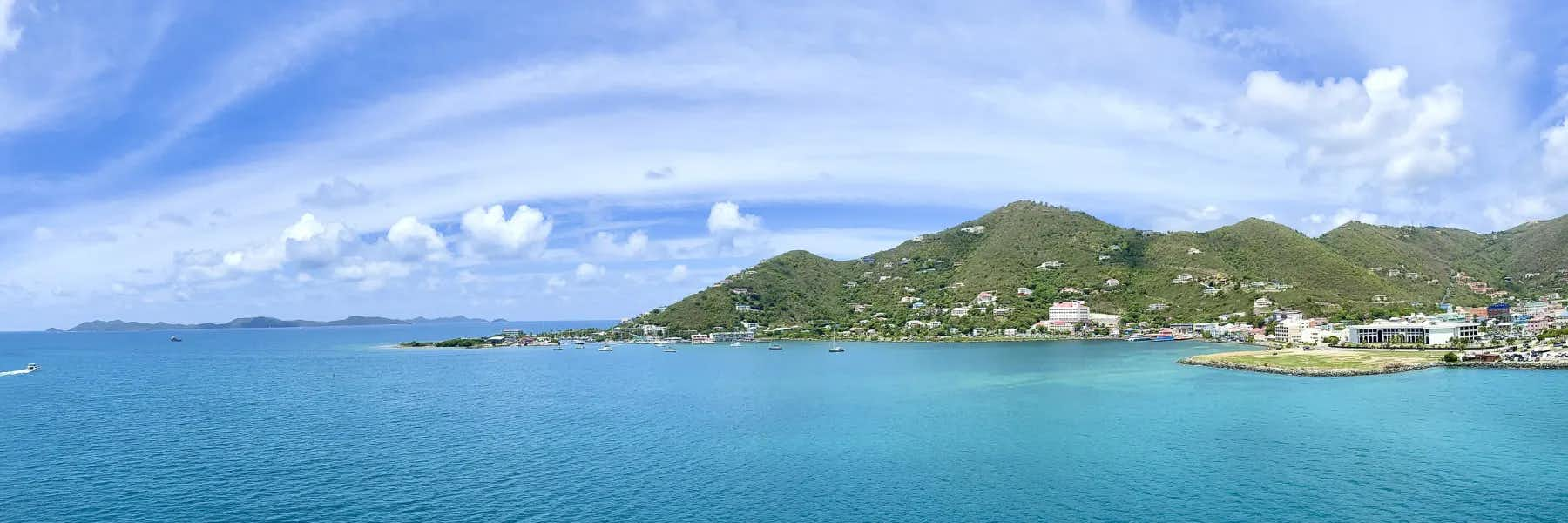History: During the 17th century, the archipelago wasdivided into two territorial units, one English and the other Danish. Sugarcane, produced by slave labor, drove the islands’ economy during the 18th and early 19th centuries. In 1917, the U.S. purchased the Danish portion, which had been in economic decline since the abolition of slavery in 1848.
Location: Caribbean; islands between the Caribbean Sea and the North Atlantic Ocean, east of Puerto Rico.
Area: 737 square miles (1,910 square kilometers). Twice the size of Washington, DC.
Population: 103,574 (July 2015 est.)
Capital: Charlotte Amalie
Geography: An important location along the Anegada Passage—a key shipping lane for the Panama Canal. Saint Thomas has one of the best natural deep-water harbors in the Caribbean.
Climate: Subtropical, tempered by easterly trade winds, relatively low humidity, little seasonal temperature variation; rainy season September to November.
Government: Organized, unincorporated territory of the U.S. with policy relations between the Virgin Islands and the U.S. under the jurisdiction of the Office of Insular Affairs, U.S. Department of the Interior.
Head of State: President Barack H. Obama (since 20 January 2009)
Head of Government: Governor Kenneth MAPP (since 5 January 2015)
Language: English 71.6%, Spanish or Spanish Creole 17.2%, French or French Creole 8.6%, other 2.5% (2010 est.)
Religion: Protestant 59% (Baptist 42%, Episcopalian 17%), Roman Catholic 34%, other 7%
Time Zone: UTC-4 (1 hour ahead of Washington, DC during Standard Time)
Source: CIA The World Factbook


